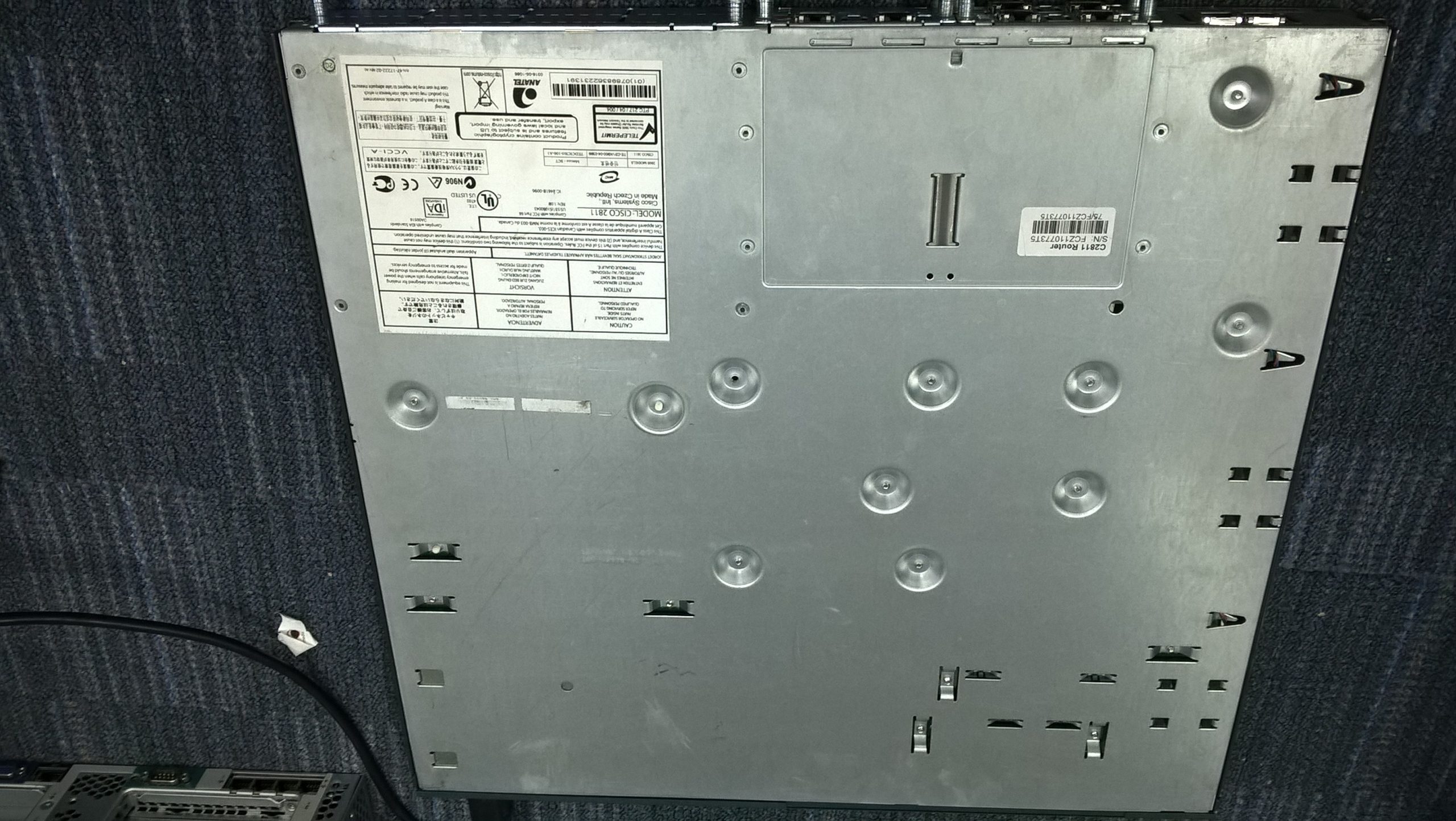Alarm Raised as Over 9,000 ASUS Routers Fall Victim to Botnet Attack
In a troubling revelation for cybersecurity, more than 9,000 ASUS routers have been compromised by a sophisticated botnet known as “AyySSHush.” Uncovered by GreyNoise, a prominent cybersecurity firm, this intrusion has made headlines since its discovery in March 2025, highlighting serious vulnerabilities within consumer-grade networking devices.
The Nature of the Attack
The AyySSHush botnet exploits specific authentication weaknesses within ASUS routers, leveraging features that are typically considered benign to create a persistent SSH backdoor. This backdoor is particularly concerning because it is implanted in the router’s non-volatile memory (NVRAM). As a result, it can withstand both firmware updates and device reboots, which renders conventional methods of recovery and remediation ineffective.
Implications for Users
The persistence of this backdoor represents a significant risk not only to the affected devices but also to the broader network security of individuals and businesses alike. Users of these routers should be particularly vigilant, as the presence of this malicious code may allow attackers to control the devices and potentially exploit them for further attacks. With traditional solutions failing to eradicate the threat, it underscores the necessity for users to seek alternative protective measures.
Moving Forward
This incident serves as a stark reminder of the vulnerabilities inherent in consumer technology. Users are advised to regularly monitor security updates from their device manufacturers and consider strengthening their network defenses through additional security protocols. Enhancing router security processes and remaining vigilant against suspicious activities are essential in the age of increasingly sophisticated cyber threats.
As the situation unfolds, the cybersecurity community continues to focus on solutions and preventive measures, hoping to mitigate such risks in the future. Stay informed and proactive to safeguard your digital landscape against these evolving threats.
Share this content:




Thank you for sharing this important update. The persistence of the SSH backdoor in ASUS routers highlights the critical need for layered security strategies. While firmware patches may not completely remove such deeply embedded vulnerabilities, here are some recommended actions:
Given the resilience of such backdoors, if your device is suspected to be compromised, consider factory resetting (if possible) or replacing the device. Consulting with professional cybersecurity services for thorough assessment and remediation is also recommended. Remain vigilant, and thank you for